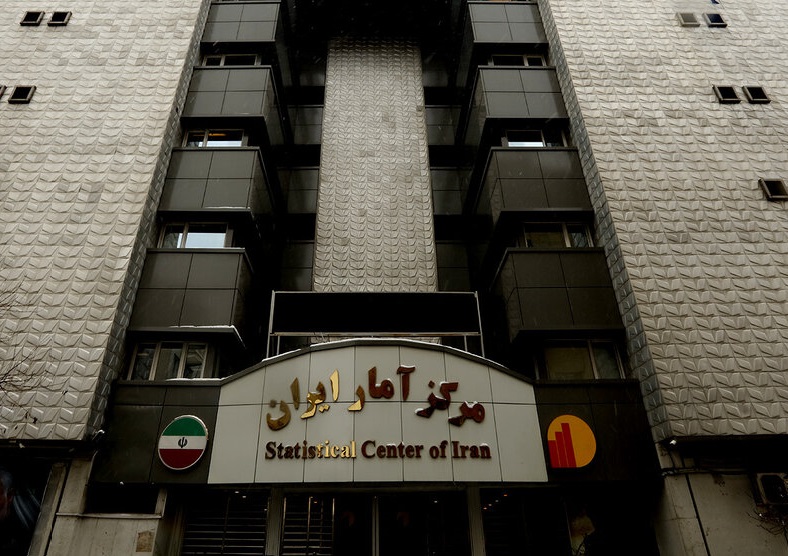“Education”, one of 12 groups of goods and services surveyed by the Statistical Center of Iran, registered an annualized inflation rate of 34.5% in the second month of the current Iranian year (April 21-May 21).
The group’s month-on-month and year-on-year inflation stood at 0.8% and 34.5% receptively.
The overall annualized inflation in the second month of the current Iranian year stood at 49.1%, up from 47.6% reported in the previous month and 45.8% in the month before, SCI reported.
The general goods and services Consumer Price Index (using the Iranian year to March 2022 as the base year) stood at 185.5 in the month under review, indicating a month-on-month rise of 2.8% and a year-on-year rise of 54.6%.
Among 12 groups of goods and services reviewed by SCI, the highest and lowest annualized inflation rates were respectively registered for “hotels and restaurants” with 85.3% and “communications” with 14.3%.
The highest and lowest month-on-month inflation rates were registered for “tobacco” with 6.4% and “education” with 0.8% respectively.
“Hotels and restaurants” with 84% and “communications” with 23% registered the highest and lowest year-on-year inflation respectively.
CPI hit 184.1 for urban households and 194.2 for rural households, indicating a month-on-month increase of 2.8 and 2.6%, respectively.
SCI put the annualized inflation for urban and rural areas at 48.2% and 54.5%, respectively. The year-on-year inflation stood at 53.6% for urban areas and 60.3% for rural areas in the month.
Notably, SCI has changed the base year for CPI from the fiscal 2016-17 to the fiscal 2021-22 in five-year updates, as the expenditure weights used to calculate CPI change over time.
The rise in prices of goods and services accelerated at an unprecedented pace after the government decided to overhaul the import subsidy system.
The government move saw the abolition of the controversial practice of allocating cheap dollars at the rate of 42,000 rials per dollar, locally known as the Preferential Foreign Currency, to import essential goods, including corn, soymeal, unprocessed oil, oilseeds and barley, in addition to wheat, flour and medicine.
The market value of the dollar is currently around 480,000 rials.
“Until now, we have been paying to producers [read importers] but now the subsidies go to consumers. In fact, the Preferential Foreign Currency has not been ceased, rather the allocation method has changed,” President Ebrahim Raisi said in a televised speech on the eve of the introduction of the move in May.
In his speech, Raisi emphasized that the removal of cheap dollar allocation will not lead to a price rise in wheat, flour and medicine. However, the move has led to a dramatic rise in the prices of essential goods. In fact, the prices of all commodities and services have also risen suddenly in a ripple effect.
Also known as necessity or basic goods, essential goods are products consumers will buy, regardless of changes in income levels.


